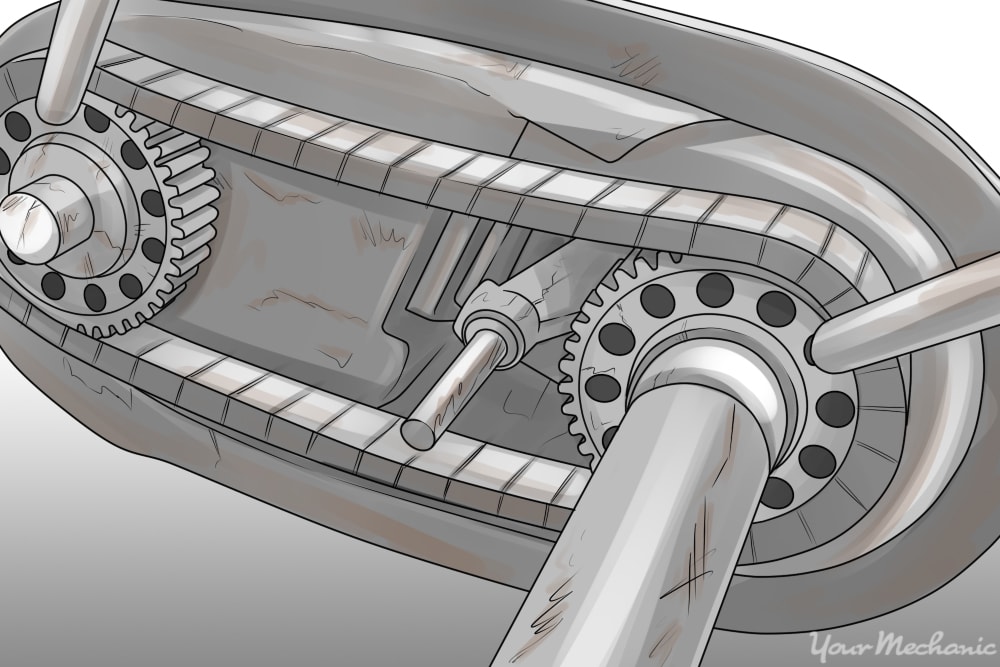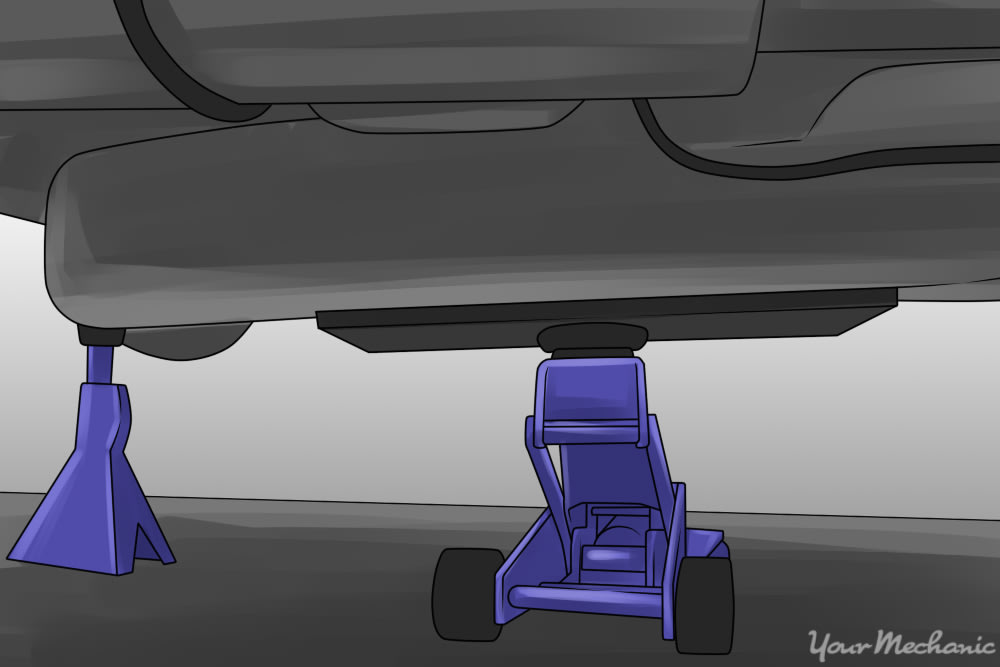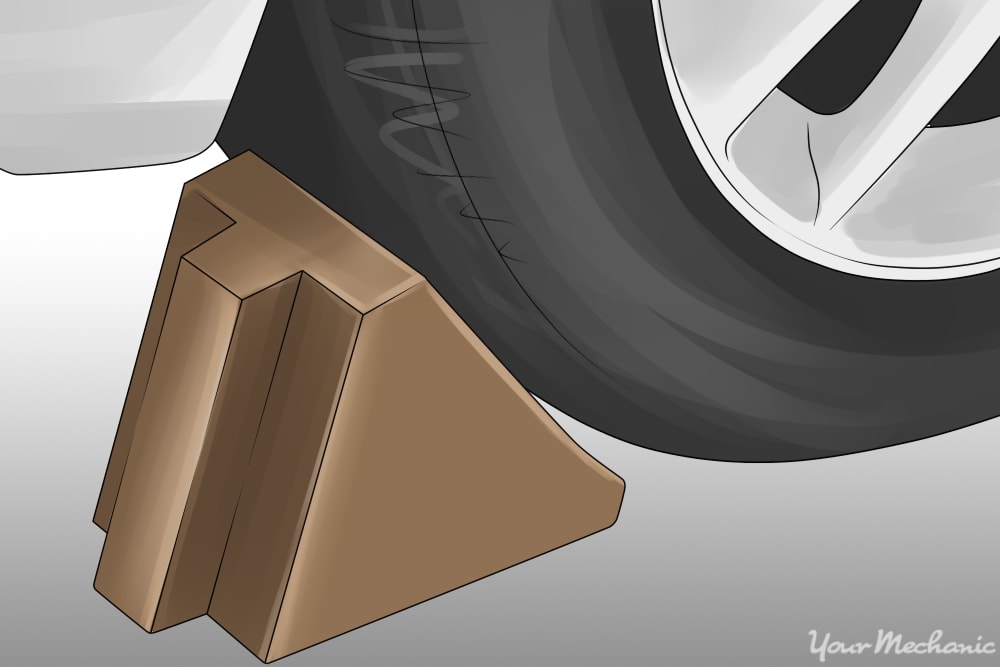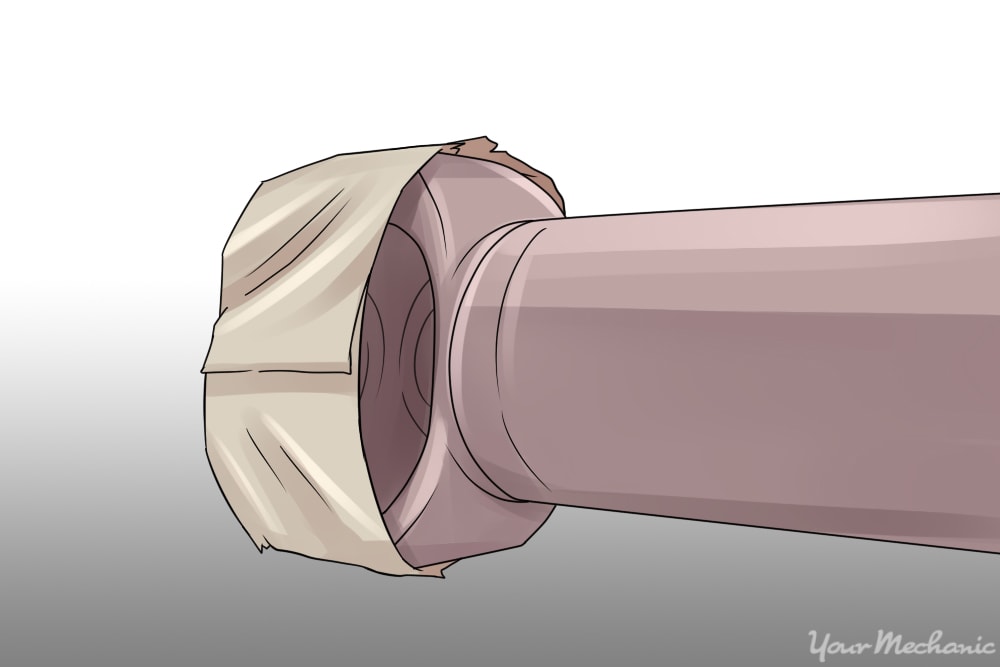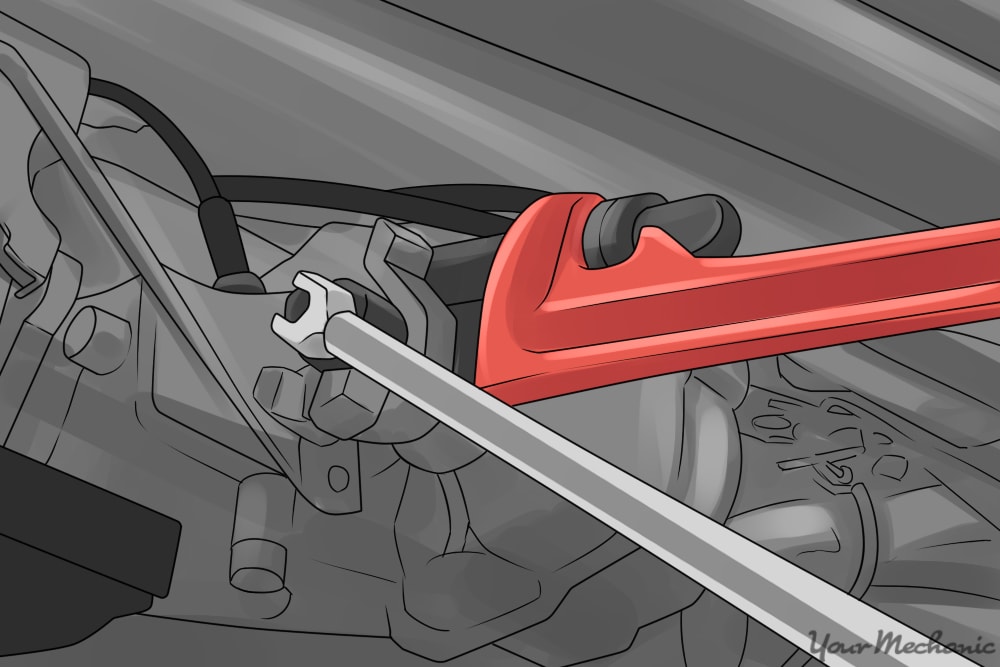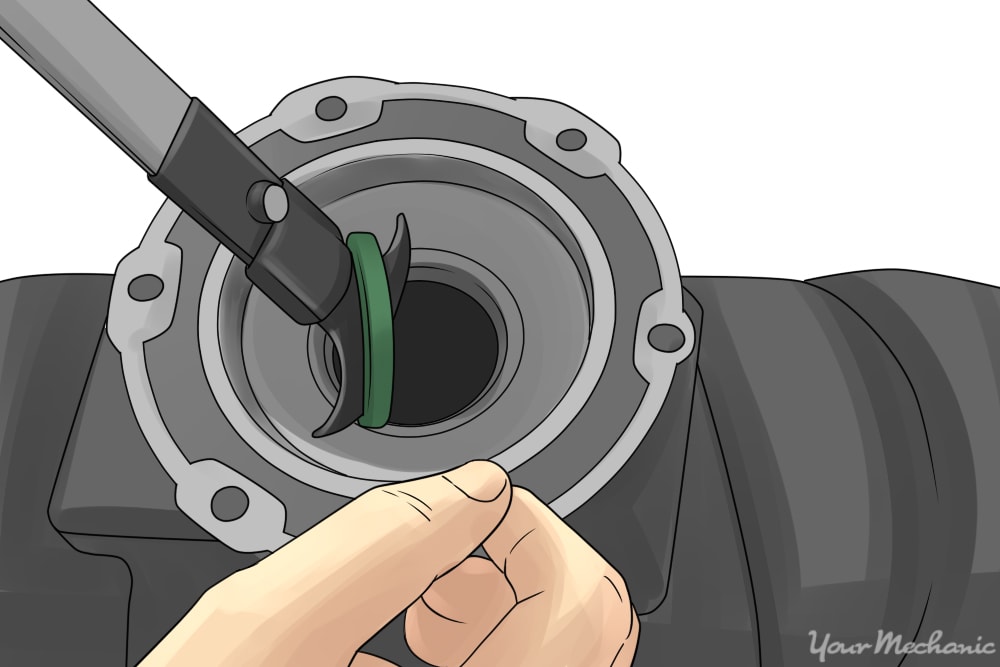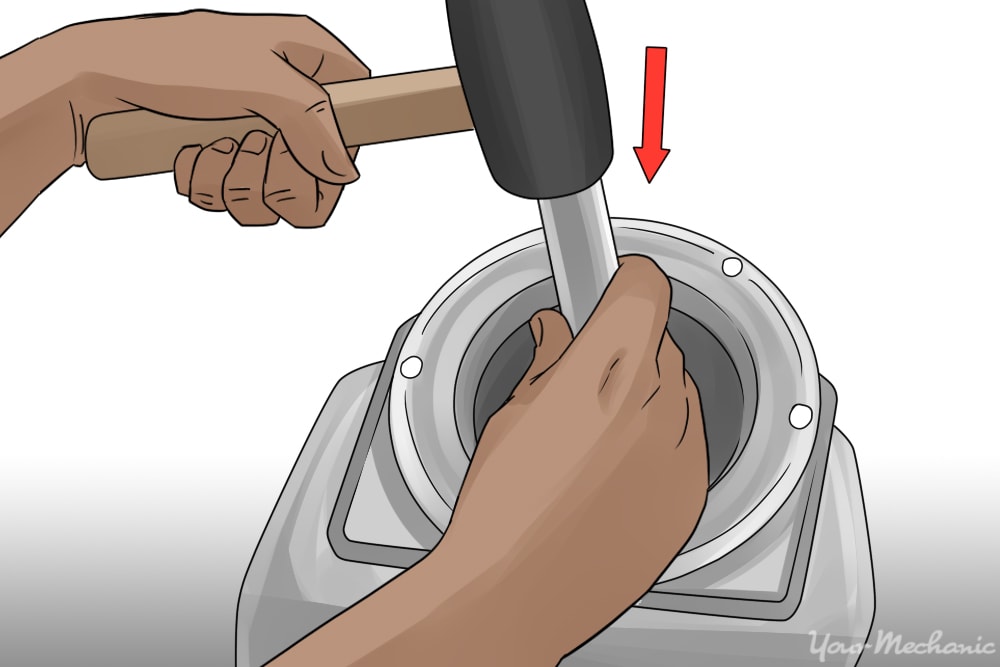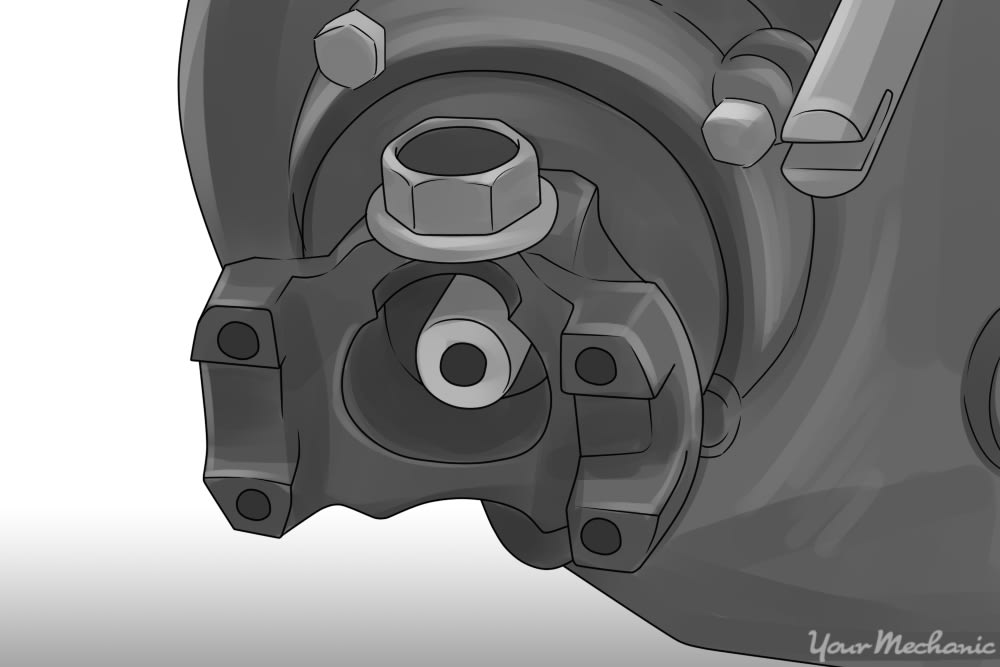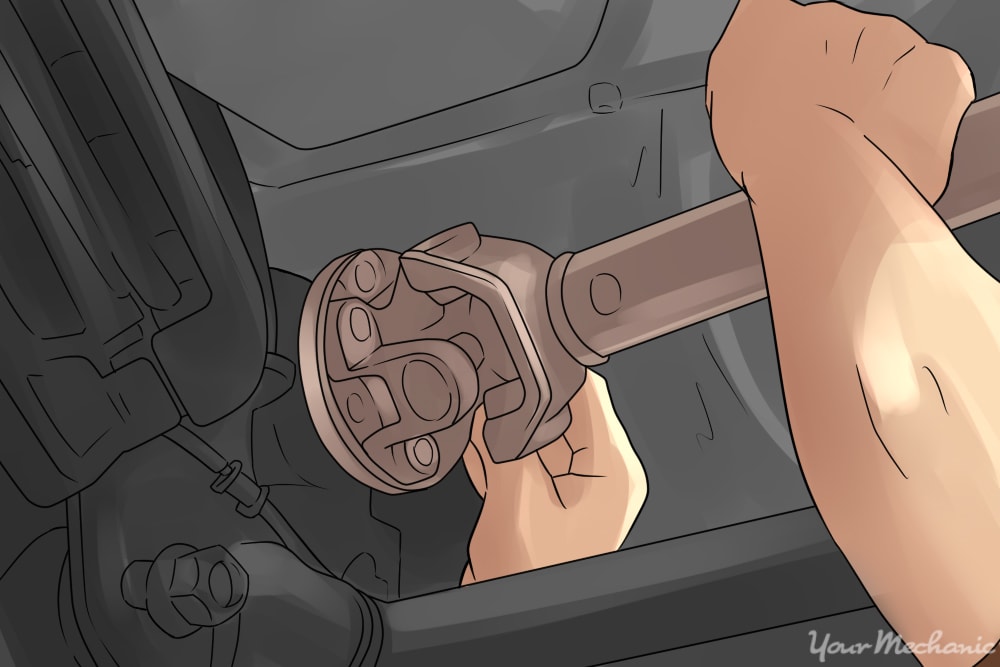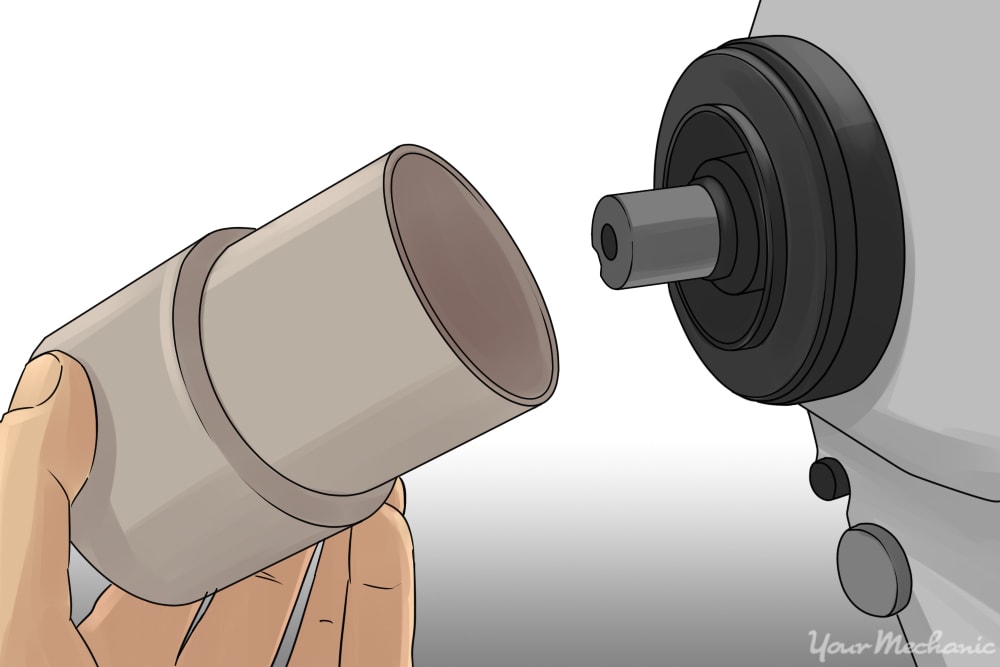

The front output shaft oil seal is located on the front of the transfer case on a four wheel drive vehicle. It seals the oil into the transfer case at the point where the output shaft meets with the yoke for the front driveshaft. When the front output shaft oil seal fails, the oil in the transfer case can fall to a level where damage can result. It can cause premature wear to the gears, chain, and any moving parts inside the transfer case that rely on the oil for lubrication and cooling.
If a seal is not replaced quickly enough, it allows moisture from daily driving into the transfer case. When moisture is allowed into the transfer case, it will almost instantly contaminate the oil, and nullify its abilities to lubricate and cool. When the oil is contaminated, failure of internal parts is a certainty and should be expected very quickly.
When a transfer case is damaged internally from this type of oil starvation, overheating, or contamination, it is very possible for the transfer case to be damaged in such a way that it can disable the vehicle. More importantly, if a transfer case fails while driving, the transfer case can seize up and lock the wheels. This can lead to a loss of control of the vehicle. Symptoms of a failing front output shaft oil seal include leaking or noises coming from the transfer case.
This article will cover how to replace the front output shaft oil seal. There are several different types of transfer case, and therefore the specifics may not be identical in all situations. This article will be written for general application.
Method 1 of 1: Replace a front output shaft oil seal
Materials Needed
- Breaker bar - ½” drive
- Extension set
- Grease pencil
- Hammer - medium
- Hydraulic jack
- Jack stands
- Large socket, standard (⅞ to 1 ½) or metric (22mm to 38mm)
- Masking tape
- Pipe wrench - large
- Puller kit
- Seal puller
- Shop towels/rags
- Socket set
- Torque wrench
- Wheel chocks
Step 1: Jack up front of vehicle and set jack stands. Jack up the front of the vehicle and set jack stands using the factory recommended jacking and stand points.
Be sure to position stands so that the area around the front of the transfer case can still be accessed.
Warning: Always be sure jacks and jack stands are set on solid ground. Setting either on soft ground can lead to injury.
Warning: Never leave the weight of the vehicle on the jack. Always let the jack down and place the weight of the vehicle on the jack stands. Jack stands are designed to handle the weight of a vehicle of an extended period of time, whereas a jack is only meant to support this type of weight for a short period.
Step 2: Place wheel chocks on the rear wheels. Place wheel chocks on both sides of each of the rear wheels.
This lessens the likelihood of the vehicle rolling forward or back and falling off of the jack stands.
Step 3: Mark positions of driveshaft, flange, and yoke. Mark the positions of the driveshaft, yoke, and flange in relationship to each other.
They need to be reinstalled the same way they came out to help avoid any kind of vibration.
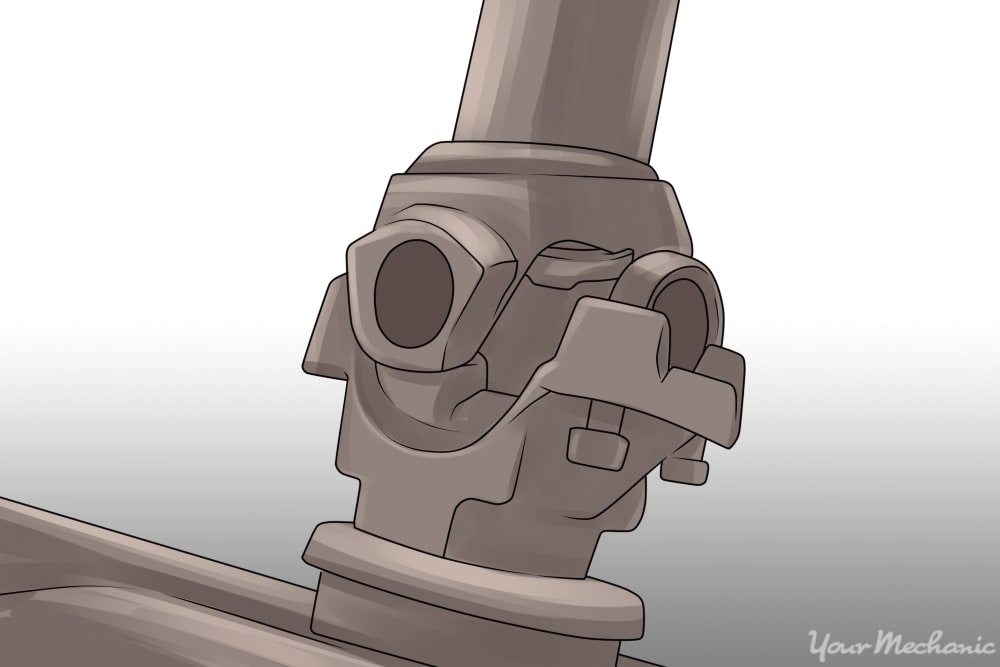
Step 4: Remove bolts securing driveshaft to the output flange. Remove the bolts securing the driveshaft to the output shaft yoke/flange.
Pay attention not to allow the bearing caps to separate from the u-joint. The needle bearings inside can become dislodged and fall out, thus rendering the u-joint damaged and needing to be replaced. Tap on driveshaft flange to loosen it enough to be removed.
- Note: On driveshafts that use strap type retainers to hold the u-joint in place, it is highly recommended to tape around the perimeter of all four sides of the u-joint in order to hold the bearing caps in place.
Step 5: Secure front driveshaft out of the way. With the driveshaft still connected to the front differential, secure it off to the side and out of the way.
If it proves to be in the way later on, it may be necessary to go ahead and remove it completely.
Step 6: Remove front output shaft yoke retaining nut. While holding the front output shaft yoke with a large pipe wrench, use the ½” drive breaker bar and correct size socket to remove the nut holding the yoke to the output shaft.
Step 7: Remove yoke with puller. Install puller onto yoke, with the center bolt positioned on the output front output shaft.
Apply some pressure onto the puller center bolt. With a hammer, tap on the yoke a few times to help loosen the yoke. Remove the yoke the rest of the way.
Step 8: Remove front output shaft oil seal. Using the oil seal puller, remove the front output shaft oil seal.
It may be necessary to pull the seal out by pulling little by little while working your way around the seal.
Step 9: Clean seal surfaces. With shop towels or rags, wipe the mating surfaces on both the yoke where the seal rides and on the transfer case pocket that the seal mounts into.
Clean the areas with a solvent to remove any oil and debris. Alcohol, acetone, and brake clean are all acceptable for this application. Just be sure not to get any of the solvent inside the transfer case, as this will contaminate the oil.
Step 10: Install new seal. Put a small amount of grease, or oil, around the inside lip of the replacement oil seal.
Set the seal into place and gently tap on the seal to get it started. Once it will hold itself, use an extension and hammer to tap the seal into place, in small increments, using a criss-cross pattern.
Step 11: Reinstall front output shaft yoke. Put a amount of grease or oil on the yoke area where the seal rides.
Also, put a little grease on the inside of the yoke where the splines engage on the output shaft. Align the marks made earlier, so that the yoke goes back on in the same position that it was removed. Once the splines are engaged, tap the yoke into place so that the output shaft nut can be threaded back on far enough to engage a couple of threads.
Step 12: Reinstall front output shaft yoke nut. Holding the yoke in place with a pipe wrench the same way as in the removal process, tighten the nut to the manufacturer’s specifications.
Step 13: Reinstall the driveshaft. Line up the marks made earlier and reinstall the front driveshaft. Be sure to tighten the bolts to the specification set by the manufacturer.
- Note: Ideally, fluid level should be checked with the vehicle sitting flat and level. Realistically, this is not really possible on most vehicles, due to clearance issues.
Step 14: Check fluid level on transfer case. Remove the fluid level inspection plug on the transfer case.
If low, fill with proper oil, normally just until fluid begins to run out of the hole. Reinstall fill plug and tighten.
Step 15: Remove jack stands and wheel chocks. Using the hydraulic jack, lift the front of the vehicle back up and remove the jack stands.
Let the vehicle back down and remove the wheel chocks.
Although this repair may be considered advanced by most people, with a little diligence and some patience it can be performed successfully. The front output shaft oil seal is a small part that doesn’t cost a lot, but not taking care of it in a timely manner when it goes bad can lead to some extremely expensive repairs. If, at any point, you feel that you could use a hand in replacing the front output shaft oil seal, contact one of YourMechanic’s professional technicians.



